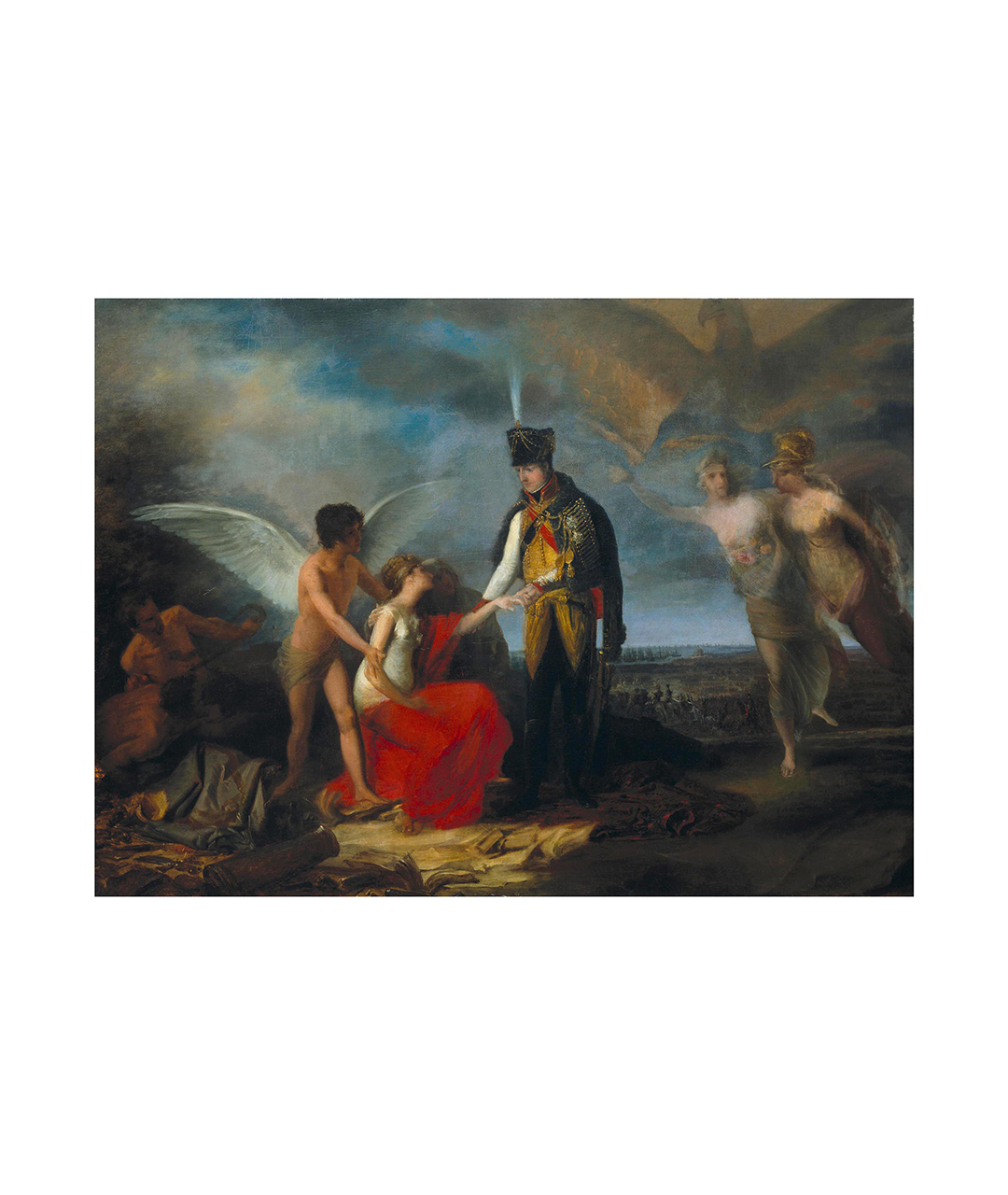Born on March 10th, 1768, Domingos António de Sequeira (Lisbon, 1768 – Rome, 1837) is considered by some as the most talented and original Portuguese painter of his time, having played a fundamental role in the development of Portuguese art in the early 19th century.
Son of a boatman and born in 1768 into a poor family, Domingos Sequeira was educated in Casa Pia, where he attended the Drawing and Figure course.
With a royal scholarship granted by Queen Dona Maria I, he received painting and drawing lessons from Antonio Cavallucci in Rome. Upon his return to Lisbon, he was appointed by the future King João VI (John VI) court painter and co-responsible for the painting project of the Ajuda Palace. He was also a professor of Drawing and Painting to the Royal Family and, in 1806, he directed the drawing class at the Academia de Marinha (Naval Academy) in Porto.
In the context of the French invasions, Domingos Sequeira established friendships with officers of the Napoleonic army, such as the Count of Forbin, an officer and amateur painter. This closeness earned him a commission to create an allegorical representation of General Junot’s protective action over Lisbon. The oil on canvas Junot protecting the city of Lisbon dates back to 1808 and is part of the collection of the Soares dos Reis National Museum (in the picture).
Thanks to this activity, Sequeira was seen as a collaborator of the occupying enemy and was therefore the target of persecution and condemnation proceedings, from which he only rehabilitated himself at great cost.
In this composition, three groups of figures are represented in the foreground, among which Junot stands out in military attire, facing a young woman who represents the city of Lisbon, supported by Religion and the Genius of the Nation. On the left, the two men represent Mars annihilating Neptune, symbolising France and England respectively, while on the opposite side, the two women symbolise abundance and wisdom, Ceres and Minerva.
The last years of his life were spent in Rome, where he devoted himself mainly to religious paintings.
In addition to the works by Domingos Sequeira included in the long-term exhibition, the Soares dos Reis National Museum is currently hosting the exhibition Teresa Gonçalves Lobo and Domingos Sequeira – a dialogue in time until April 28th.
Image credits
Cover: Drawing ‘Self-portrait of Domingos António de Sequeira’ (the artist’s first known self-portrait) @Museu Nacional de Arte Antiga

